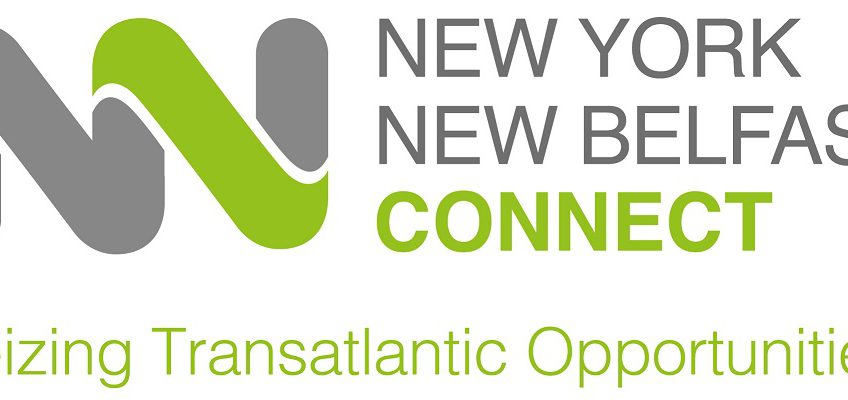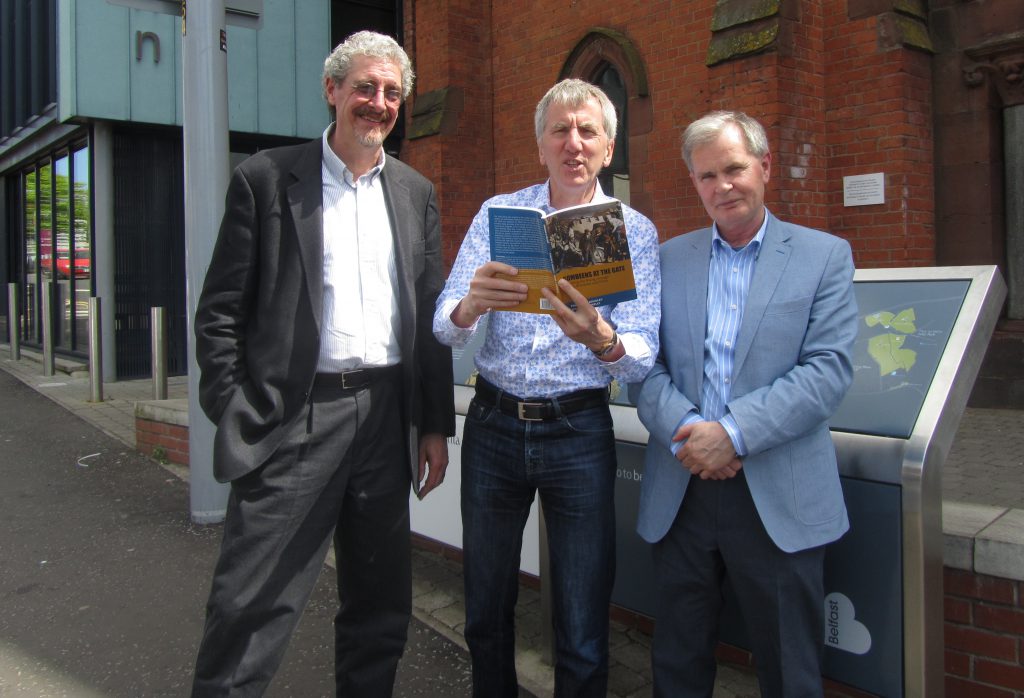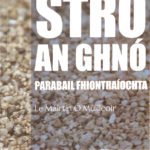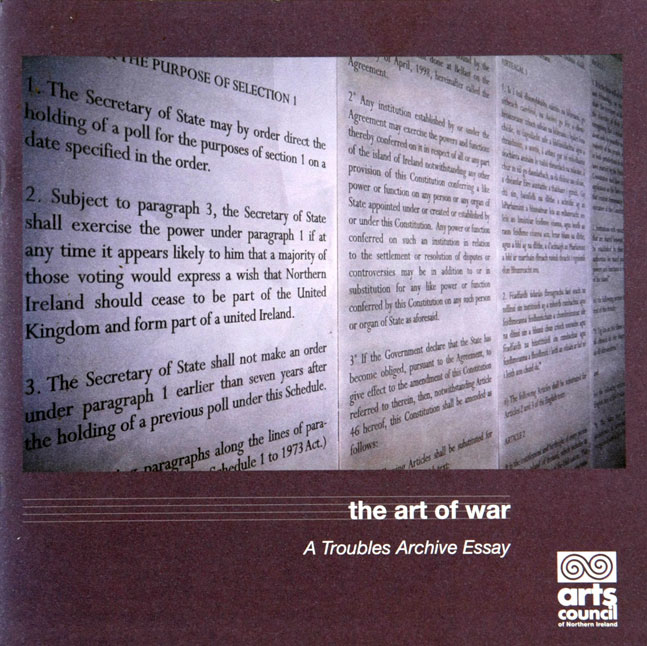
Connecting
The name has been turbo-charged to put the focus on making connections and we’re conceding that the future will indeed be female but beyond that the seventh annual New York-New Belfast Connect conference in the Big Apple will be doing what it does best: bringing together visionaries from our two fave cities.
Fordham University Lincoln Centre campus, where Belfast revolutionary and songwriter Joseph Campbell set up the first-ever Irish Studies Department in the US back in 1928, will be our New York headquarters on 2-3 June for the exciting gathering of business, culture and community bridge-builders. Oh, and let’s not forget those transforming transatlantic relationships through sport: representatives of the Friendship Four college ice hockey tournament will be taking part in a panel discussion about their plans for the 2016 BelPot. Adding to the mix will be John Sanful, executive director of Ice Hockey in Harlem, an acclaimed initiative using ice hockey to improve the academic and social fortunes of young people in Harlem.
For those who want to build the peace in Belfast through positive partnerships spanning the broad Atlantic, New York-New Belfast Connect is the only place to be on 2-3 June. The full programme is online (including our Future is Female panel). I look forward to seeing you there.

Yesterday, I had the great privilege to launch the latest book by pioneering polemicists Finbarr Bradley and James Kennelly. It was another transatlantic pairing: James teaches at Skidmore College in New York state, Finbarr, a lecturer at the school of business in UCD is also the founder of Fiontar in Dublin City University, the first-ever business course taught through the medium of Irish and one of the most important thinkers in today’s Ireland.
Their new opus, Gombeens at the Gate argues that the idealism and heroism of the men and women of 1916 should inspire us to renew the rising in all our activities to build community, improve the quality of life of our people and create a dynamic community.
 Finbarr told the launch in Belfast’s An Chultúrlann that the depth of character and the strength of self-belief combined with an ability to value the intangibles — culture, arts, heritage, place — sets the Irish apart and fuels their prized ability to be world-leaders when its comes to innovation, creativity and entrepreneurship. “The 1916 Rising,” the authors posit, “was about the development of character, revealed by the ability to maintain one’s convictions even in the face of severe challenges.” They add: “Those determined revolutionaries shared a vision of Ireland not only as a sovereign state but as the home of a good and successful society where peoples of all traditions and persuasions could flourish.”
Finbarr told the launch in Belfast’s An Chultúrlann that the depth of character and the strength of self-belief combined with an ability to value the intangibles — culture, arts, heritage, place — sets the Irish apart and fuels their prized ability to be world-leaders when its comes to innovation, creativity and entrepreneurship. “The 1916 Rising,” the authors posit, “was about the development of character, revealed by the ability to maintain one’s convictions even in the face of severe challenges.” They add: “Those determined revolutionaries shared a vision of Ireland not only as a sovereign state but as the home of a good and successful society where peoples of all traditions and persuasions could flourish.”
For those focused on the future, Gombeens at the Gate is the one book you would take with you when entering the GPO for the Rising.



